Phone Number
(+91) 8655358999
pressure is the second most common measurement in process plants, and temperature and pressure measurement often go hand-in-hand in industrial applications. Today's high tech pressure measurement techniques are far more advanced than they were in the old days of manometers, bourdon tubes, and bellows. Modern pressure transmitters are extremely accurate and include smart electronics, built-in diagnostics, and a host of connectivity options. But one thing remains the same, and that is the physics behind the measurement.
Pressure Transmitters are most commonly used Pressure Ttransmitters. They are widely used in many Industrial applications. They can vary depending upon the Range and the applications. Thuis is the most basic type of Pressure Transmitter.
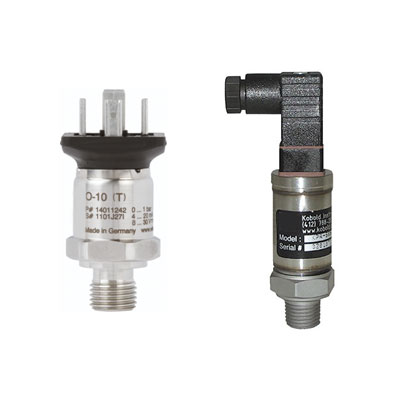
Pressure transmitters are used in a wide variety of applications. They are used in machinery to warn machine operators of high pressure levels before a disaster takes place. Pressure transmitters also ensure that machines do not apply too much or too little pressure during production. Pressure transmitters can be used in conjunction with other devices to measure depth, altitude, water flow, and even pressure loss in order to prevent leaks in a system.
Pressure gauges and switches are among the most often used instruments in a plant. But because of their great numbers, attention to maintenance--and reliability--can be compromised. As a consequence, it is not uncommon in older plants to see many gauges and switches out of service. This is unfortunate because, if a plant is operated with a failed pressure switch, the safety of the plant may be compromised. Conversely, if a plant can operate safely while a gauge is defective, it shows that the gauge was not needed in the first place. Therefore, one goal of good process instrumentation design is to install fewer but more useful and more reliable pressure gauges and switches.
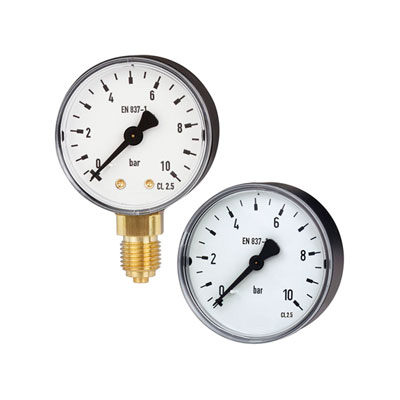
Pressure transmitters are used in a wide variety of applications. They are used in machinery to warn machine operators of high pressure levels before a disaster takes place. Pressure transmitters also ensure that machines do not apply too much or too little pressure during production. Pressure transmitters can be used in conjunction with other devices to measure depth, altitude, water flow, and even pressure loss in order to prevent leaks in a system.
A linear change in capacitance with changes in the physical position of the moving element may be used to provide an electrical indication of the elementŌĆÖs position.
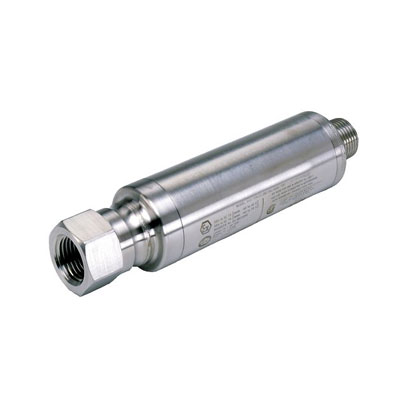
The capacitive transducers are used to measure humidity in gases. It is used to measure volume, liquid level, density etc. It is used for measurement of linear and angular displacement.
Prerssure switches give Binary Output as soon as the set pressure is attained.
Diaphragm seals, also known as chemical seals or remote seals, are used for pressure measurements when the process medium should not come into contact with the pressurised parts of the measuring instrument. A diaphragm seal has two primary tasks Separation of the measuring instrument from the process medium and Transfer of the pressure to the measuring instrument
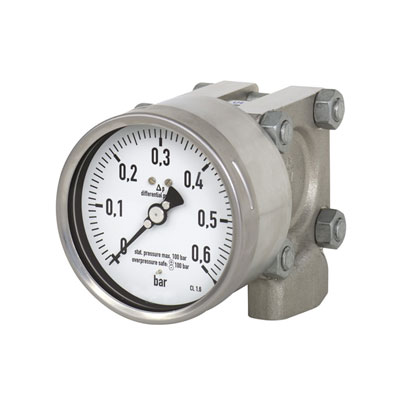
Diaphragm seals prevent gauges, switches, and transmitters from clogging or corrosion and, ultimately, failure. In applications involving heat, a diaphragm seal can be designed with a cooling element to protect the gauge from extreme heat. Installing a diaphragm seal with a capillary line facilitates the remote reading of a pressure instrument.
Applicationdiaphragm seals in chemical manufacturing, petroleum refining, and a host of other process-based industries
Bourdon tube pressure gauges are used for the measurement of relative pressures from 0.6 ... 7,000 bar. They are classified as mechanical pressure measuring instruments, and thus operate without any electrical power.
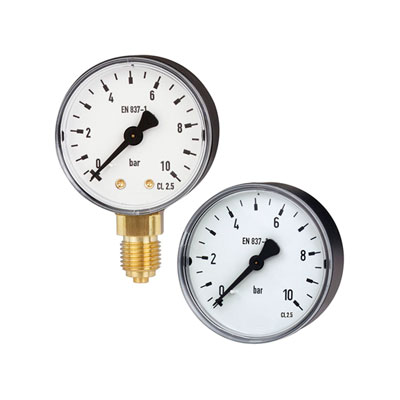
They are used to measure medium to very high pressures
Capsule element pressure gauges are used to measure air and dry gases at low pressures. They cover measuring spans from 2.5 mbar to 600 mbar. The measuring element consists of two metal diaphragms soldered together to form a cylindrical bellows chamber. This capsule element expands when the pressure inside the element is higher than the external pressure, and it contracts when the internal pressure is lower. This motion is proportional to the pressure to be measured, and it is coupled to the pointer mechanism.
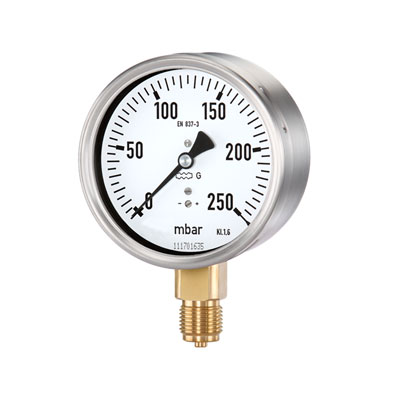
Since the pressure chamber of a capsule is not self-draining, they cannot be used for liquids. Capsules are therefore only used for the measurement of gas pressures. The ability to measure low pressures with diaphragms, along with the property of the double sensitivity of a capsule, ensures that capsules are the ideal sensors for use in a barometer. In order to create more deflection and more sensitivity, capsules can be stacked on top of each other. A barometer will usually contain 2 to 5 capsules stacked on each other depending on the quality of the device.
Differential pressure gauges are commonly found in industrial process systems, and theyŌĆÖre often a great solution for those settings, but unfortunately they tend to get overlooked or misunderstood. Knowing how differential pressure gauges work is as simple as knowing what differential pressure itself is.
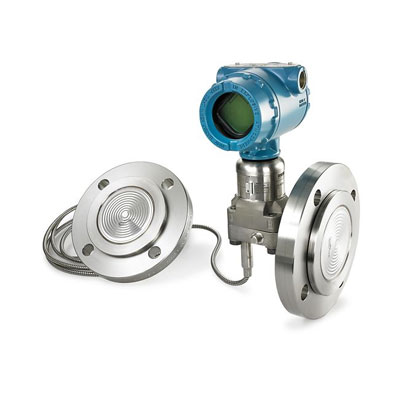
Easy to install,Can monitor the differential pressure, Can directly measure the differential pressure and indicate without any transmitter.
ApplicationHelp operators prevent damage to their system because they stay informed of filter status. Prevent legal issues between filter manufacturers and customers who over exert the life of their filters and misuse the systems Increase filter cartridge sales by 20-30% by helping customers stay informed of the filterŌĆÖs status Help distinguish your filter from the 1,000ŌĆÖs of competitors out there
Piezoelectric pressure sensors measure dynamic pressure. They are typically not suited for static pressure measurements. Dynamic pressure measurements including turbulence, blast, ballistics, and engine combustion require sensors with special capabilities. These capabilities include fast response, ruggedness, high stiffness, extended ranges, and the ability to measure quasi┬Ł static pressures. These are standard features associated with PCB┬« quartz pressure sensors.
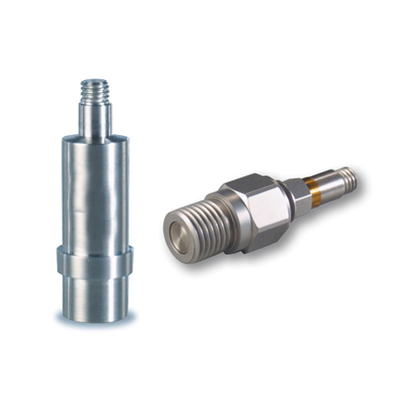
A piezoelectric sensor converts a physical parameter, such as acceleration or pressure, into an electrical signal. In some sensors the physical parameter acts directly on the piezoelectric element; in other devices an acoustical signal establishes vibrations in the element and the vibrations are, in turn, converted into an electrical signal. Often, the system provides a visual, audible, or physical response to the input from the piezoelectric sensor -- automobile seatbelts lock in response to a rapid deceleration, for example.